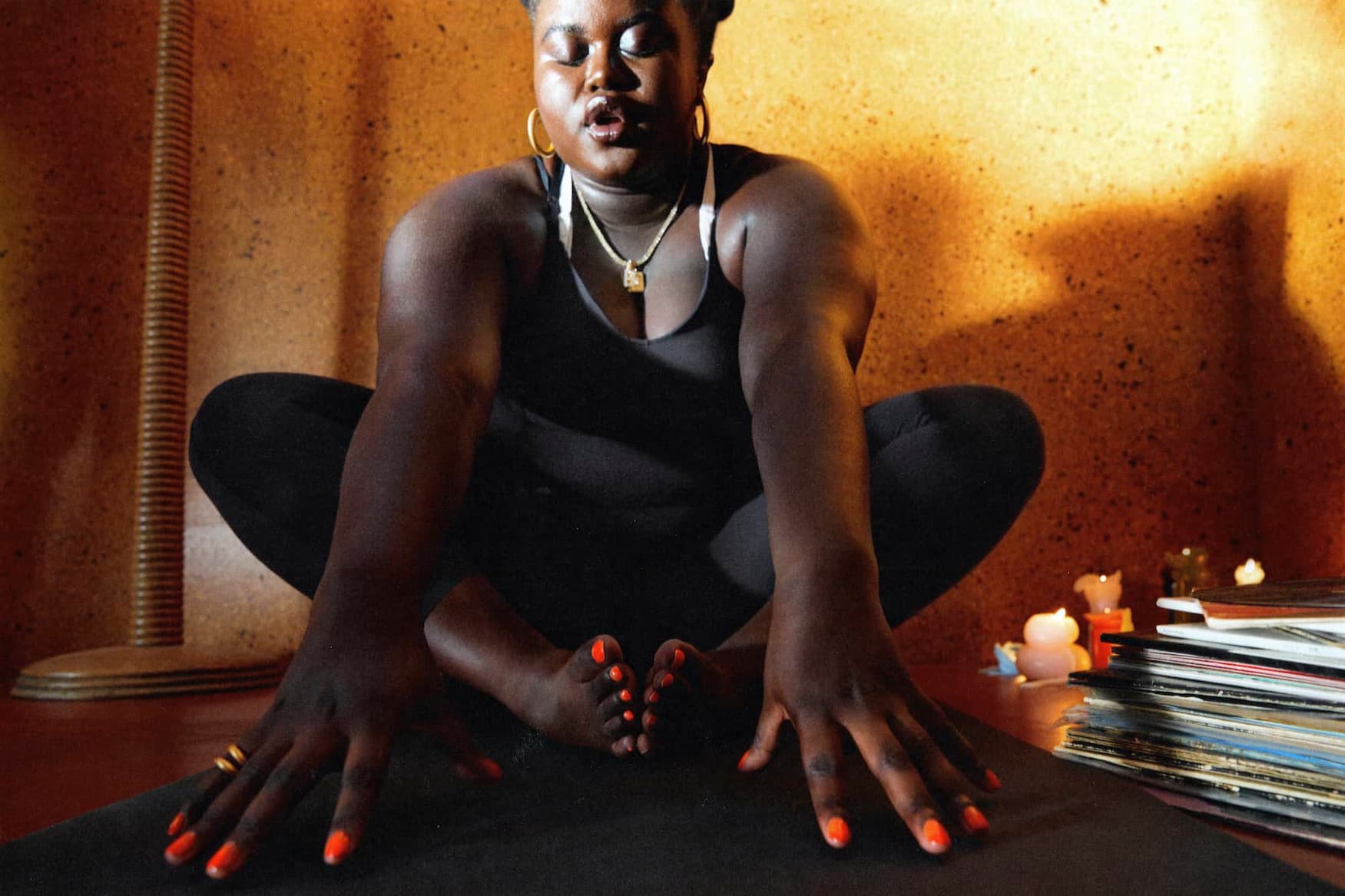Yoga calms the mind, trains it to pay attention to the breath, and integrates the two through a series of poses. Some yoga studios provide a heated room for a more challenging practise.
A hot room can act like a sauna, allowing you to relax and forget your worries by forcing you to focus on the here and now. Strength and flexibility can be increased, just as they would be in non-heated yoga, but your heart and lungs will get a more intense exercise in the heat.
Hot Yoga vs Bikram Yoga

There is a common misconception that hot yoga and Bikram yoga are the same thing. Bikram yoga is characterised by a set sequence of 26 postures practised over the course of 90 minutes or less. Classes are normally silent without music or chanting and the temperature is set to 40 degrees Celsius.
Also Read: Ayurveda and Hair Care: From Diagnosis to Management!
To practise hot yoga, a room is heated to a comfortable temperature (usually between 26 and 38 degrees Celsius). Pose variations are also possible, depending on the yoga studio and teacher. Hot yoga, in contrast to Bikram, is often practised with music.
Hot yoga is more difficult because of the heat, yet it may have positive effects on your body and mind.
There is a common misconception that hot yoga and Bikram yoga are the same thing. Bikram yoga is characterised by a set sequence of 26 postures practised over the course of 90 minutes or less. Classes are normally silent without music or chanting and the temperature is set to 40 degrees Celsius.
To practise hot yoga, a room is heated to a comfortable temperature (usually between 26 and 38 degrees Celsius). Pose variations are also possible, depending on the yoga studio and teacher. Hot yoga, in contrast to Bikram, is often practised with music.
Hot yoga is more difficult because of the heat, yet it may have positive effects on your body and mind.
Benefits of Hot Yoga
Hot yoga, which involves stretching while the muscles are already warm, has been shown to increase both flexibility and range of motion. An 8-week study published in the Journal of Strength and Conditioning Research in March 2013 indicated that compared to a control group, Bikram yoga practitioners had more flexibility in their shoulders, lower backs, and hamstrings.
Asanas (yoga positions) that call for extensive stretching benefit greatly from increased flexibility. The same study also indicated that individuals’ deadlifting capacity rose after practising yoga.
2.Greater Lung Capacity
By practising yoga and paying close attention to your breathing, you can increase your lung capacity. Breathing deeply and regularly can help you maintain healthy lungs and counteract the natural decline in lung capacity that comes with getting older.
Pranayama is a subset of yoga that involves breathing exercises that require you to maintain conscious control of your breathing for a set period of time. Training your body to breathe in this way will help you take in more oxygen.
3.Better Bone Mass
As people become older, they inevitably lose bone density. Menopausal women, for instance, can lose up to half their bone mass, most of it in the first decade after the onset of the transition.
Bone density in the hips, lower back, and neck of perimenopausal women who performed Bikram yoga for 5 years was found to rise. This study was published in Scientific Research in May 2014. The study found that the symptoms of osteoporosis in women were lessened when exposed to elevated temperatures because of the positive effects on circulation, breathing, and perspiration.
4.Burns Calories
Depending on your weight, the duration and intensity of a typical yoga class can help you burn anywhere from 180 to 460 calories.
Researchers at Colorado State University discovered that hot yoga practitioners scored highest: During a 90-minute lesson, women burned about 330 calories and men about 460 (since men are typically larger than women).
In order to keep cool, your body and heart have to work more in a hot studio, causing you to perspire more. That’s a lot greater calorie consumption compared to a non-heated yoga session.
5.Helps Improve Depression Symptoms

The American Psychological Association reports that both yoga and meditation can alleviate depressive symptoms.
According to a study published in Military Medicine in May and June 2018, depressed veterans who practised yoga for six weeks reported an improvement in their mood and depression. Once a week for 60 minutes, they practised yoga, breathwork, and meditation.
Middle-aged women who participated in an eight-week Bikram yoga programme showed improvements in their depressive symptoms, such as self-criticism, pessimism, quality of life, and mental performance, according to a study published in the Journal of Alternative and Complementary Medicine in August 2019.
6.Regulates Blood Glucose Levels
According to research published in the Journal of Bodywork and Movement Therapies in October 2013, those with type 2 diabetes may benefit from yoga because of its ability to help regulate blood sugar levels. Obese older adults showed improvements in their glucose tolerance after just eight weeks of a Bikram yoga treatment.
7Helps Manage Stress
Yoga helps you focus inward and become more cognizant of the external elements that contribute to stress. You’ll learn how the breathing exercises, the silence, and the warmth of the room work together to calm your body and mind with regular practise.
A 16-week programme of hot yoga with physically inactive individuals led to significant mood and stress reduction after just one 90-minute session, according to research published in the Journal of Mental Health in April 2017.
8.Boosts Heart Health
Exercise in a heated room presents unique physiological challenges. Your breathing, heart rate, and metabolism all get a boost as your heart, lungs, and muscles all have to work harder.
One session of hot yoga raises heart rate similarly to a brisk walk (3.5mph), according to research published in April 2019 in the Journal of Alternative and Complementary Medicine.
9.Improves Skin Health
Sweating more causes your body to pump more oxygen-rich blood to your skin cells, giving you a healthy sheen after a yoga session.
Exercising enough to break a sweat has been shown to slow down the ageing process at the cellular level. The beneficial effects include increased collagen production, improved skin hydration, and decreased sagging.





